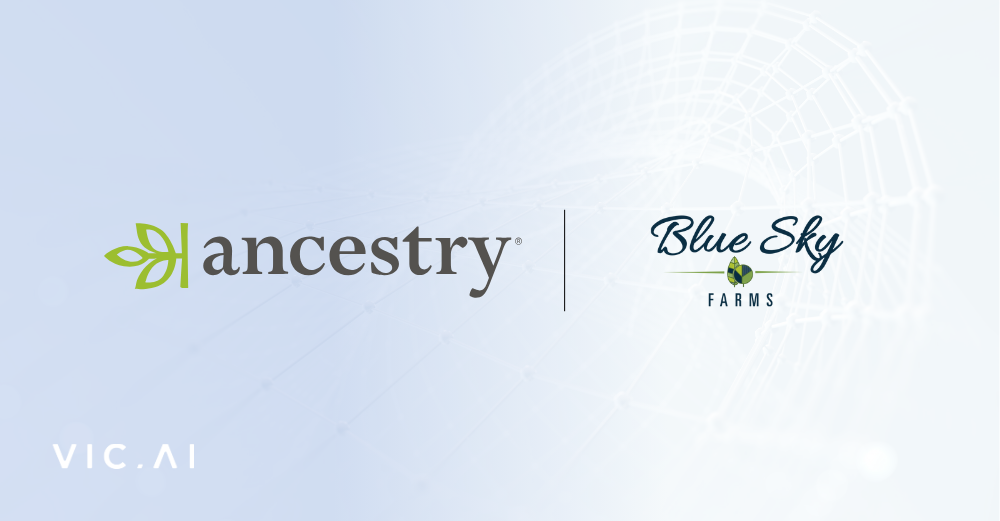What you need to know about autonomous approval flows
Imagine if you had an employee that worked 24/7, 365 days a year. It’s impossible. Or, is it?
As times are changing, it’s crucial to make sure you are doing everything in your power to expedite and eliminate errors in your everyday workflow.
In this article, we are going to uncover the reasons why the future of invoice processing is headed towards a future of autonomy. But first, we are going to go talk about what the general invoice processing flow looks like. Are you ready? Let’s get started.
What is invoice processing?

Here is the breakdown of the typical workflow for invoice processing. The flow goes like this: receive the invoice, review it, approve it, determine the payment date, complete the payment, and enter it into the general ledger.
The problem with this? Requiring an executive to sort through each invoice can become tedious, costly, and more prone to errors than if you were to use an AI-driven system to handle all of the approvals for you.
As software companies, like Vic.ai, innovate on this process, approval flows become streamlined and autonomous. Speaking of Vic.ai Autonomous Approval Flows, let’s break it down.
How Vic.ai Autonomous Approval Flows works
Without an automated approval system, many companies use a combination of paper, excel and/or email to get invoices approved. These invoices can either get lost or even accidentally put in the wrong hands, if not careful. At Vic.ai, any invoice over $10k has to flow through a four-step approval process. If we didn’t use our own system, these invoices could be lost in communication channels or even cost us in the form of late invoice fees if not paid in time. Our system ensures that each invoice is paid on time and correctly each and every time. We leverage our Autonomous Approval system that will trigger approval flow for invoices within your business. We implemented our AAF based on the approval matrix to help us visualize the tiers and assign the approval trigger to the correct approver. Here is an example of what your approval matrix could look like:

So, how does our approval workflows process work? Here is our simple 4-step approach to set up seamless approvals and streamlined for enterprises across numerous industries.
- Determine approval flow triggers and thresholds
- Craft your approval flow
- Define when a flow should be initiated
- Define who should approve in a flow
Once you’ve crafted your flow, Autonomous Approvals are a two-step process.
- 1. Autonomous Approval will choose the first rule that would trigger for an invoice.
- 2. Autonomous Approval will then implement the approval step(s) and user(s) per approval step as defined in the workflow.
Once you've created your Autonomous Approval flows, when invoices enter Vic.ai, we will apply the first flow (top to bottom) that matches the invoice attributes. As an invoice is updated, for example changing the GL account, the Approvers will update for you!
Lastly, the AI is ready to handle approvals automatically. It will only ask for assistance when it’s not confident about a certain task. The aim of integrating AI and machine learning into the accounts payable process is to automate the entire workflow. The goal during the approval phase would be that the AI technology will:
- Read the invoice
- Extract data
- Code the invoice to the proper general ledger account
- Initiate the approval flow
- Send the invoice for payment
- Post to the general ledger
And that’s it! That’s how our autonomous approval flow works. But, what’s the issue with “non-autonomous” approvals? We’re about to spill all the deets to you.
The problem with manual invoice approvals
On average, enterprise companies have approximately 1.5 million approval actions per year. Sounds pretty exhausting right? The problem with this is that approvers may not remember what happened with specific invoices the last four times or notice a price change. This is where AI can help. The AI can surface insights to give updates on changes in pricing or catch mistakes before they happen.
Here are some of the other main problems many businesses face when it comes to manual invoice approvals.
Manual invoice approvals are time-consuming
If you don't have an autonomous approval flow in place, your invoices are still processed manually by someone who needs to approve every invoice before payment. This can be especially time-consuming if you need multiple approvals from several approvers.
With an autonomous approval flow, there is no need for manual checks or oversight. The process is fully automated so that once an invoice has been sent, it will be approved without ever needing to be touched by a human ever again.
Manual entry is prone to errors
When you're processing an invoice, a lot of things can go wrong. If a transaction is processed twice, for example, that's going to cause problems in your accounting system and impact the accuracy of your books. This also adds double work for an approver who thinks they need to approve this invoice that has already been approved. They might catch the duplication or they might not.
Or, let’s say you’re the final approver but didn’t notice a price change. AI can surface insights to tell you when there is a price change or a change in a certain client’s invoice.
It’s labor-intensive
Manual invoice processing takes a lot of hands-on-deck to get the job done. On average, there are 3 approvers needed to approve an invoice. This ends up being extremely costly to your company and requires more effort than needed to complete simple, route approvals.
Having an AI invoice processing system, like the one with Vic.ai, streamlines your processes as well as frees up valuable time for your staff to focus on more important matters.
Does your current AP workflow need a makeover?
There are many benefits autonomous accounting can offer your accounts payable team if you’re willing to level up your workflow with artificial intelligence and machine learning.
AI and machine learning are reshaping the accounting and finance industry in ways never seen before. When approached with the right mindset, AI can be a game-changer for your firm and your clients — but selecting the AI platform that’s right for you requires great care, and the platform needs to address your most relevant business issues.
There are many options available, but how do you know which accounting tool will actually improve productivity, decision-making, and your employees’ quality of life?











.svg)
